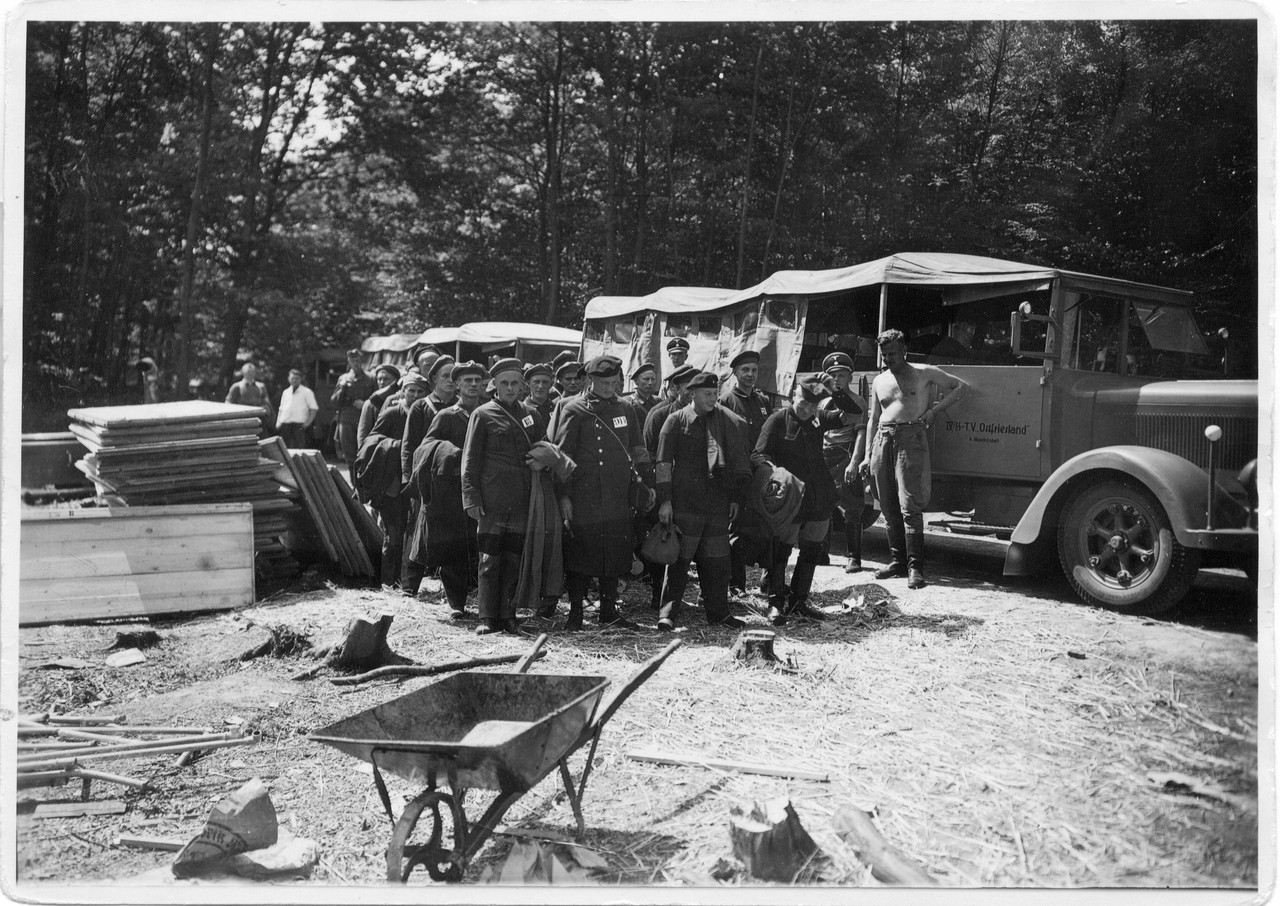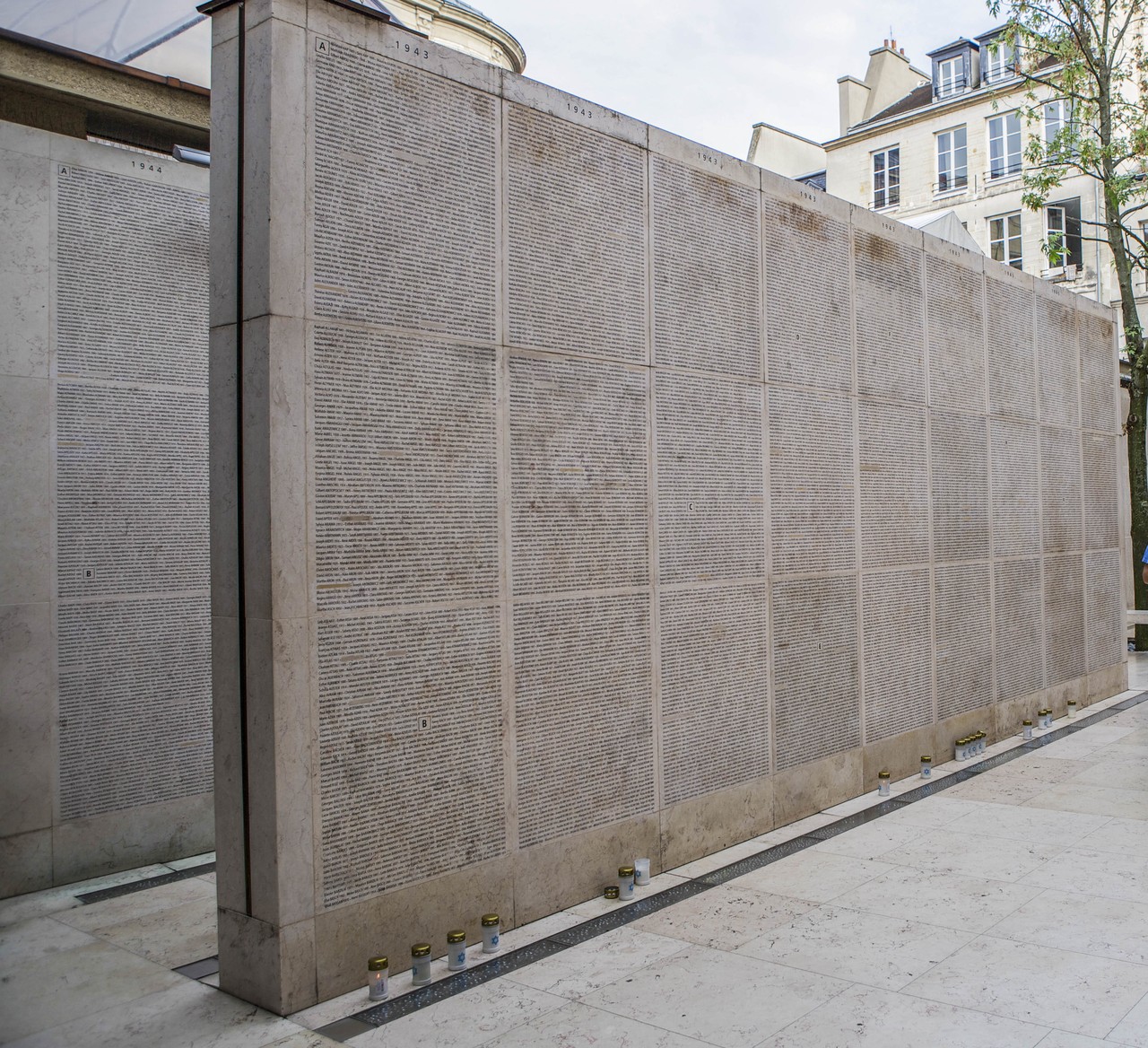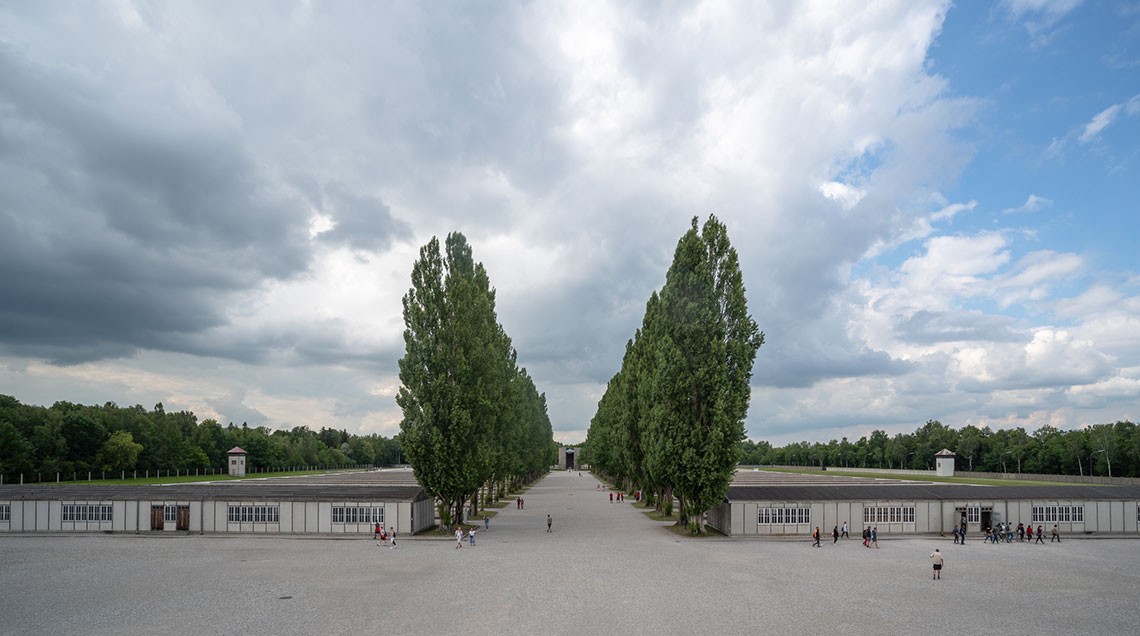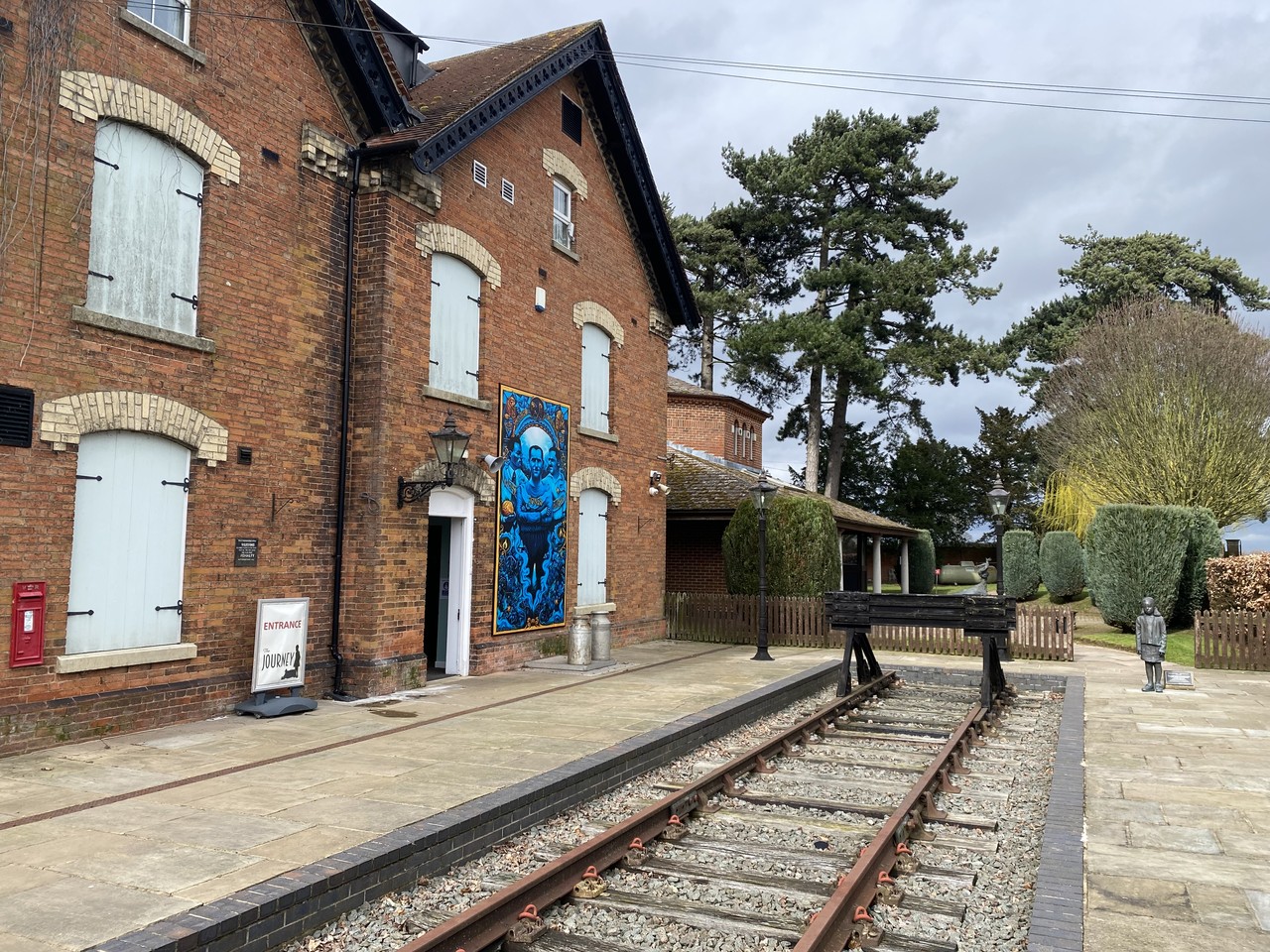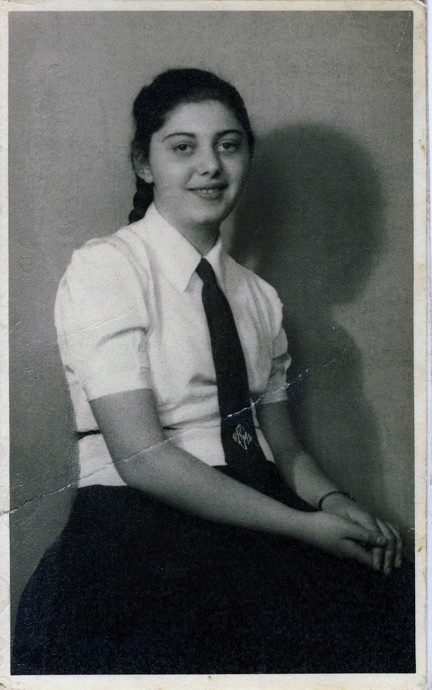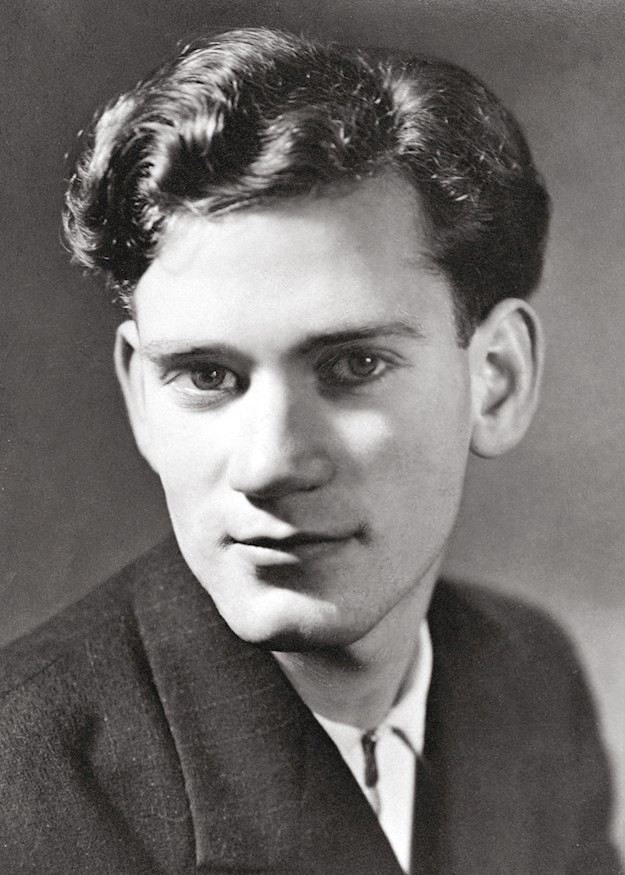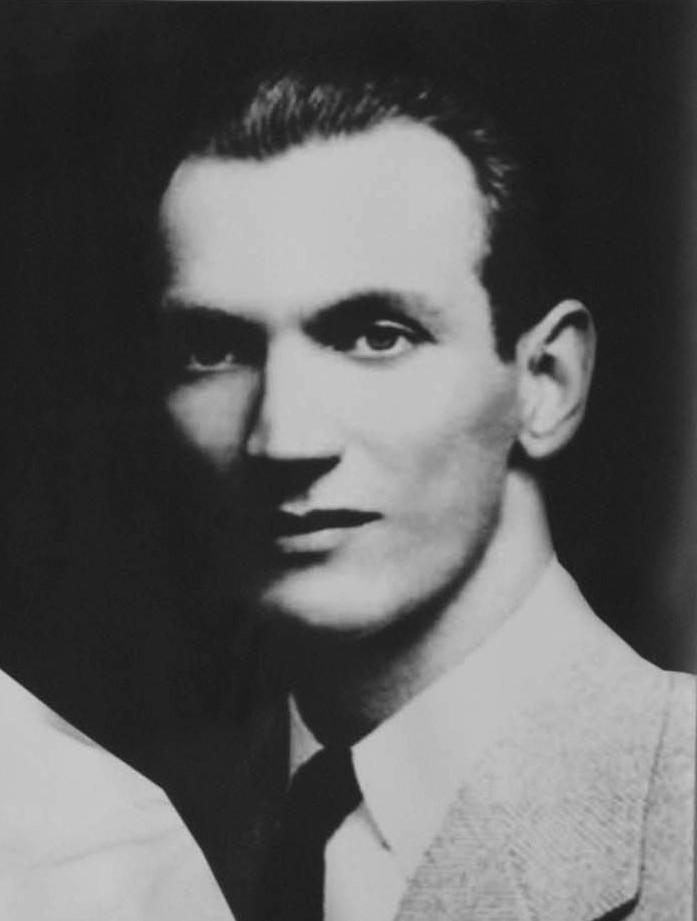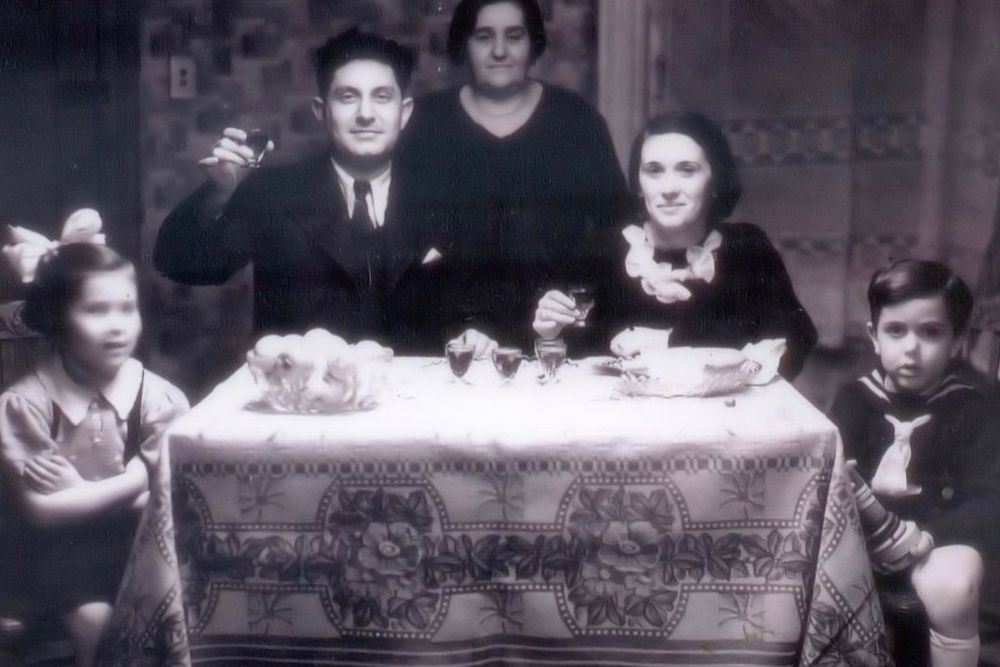The liberation of the Nazi Camps
Bookmark
Share
Towards the end of the Second World War, Allied troops uncovered camps in Nazi Germany and the areas it had occupied. These exposed the Holocaust's vast scope, and provided key evidence for the Nuremberg Trials against Nazi war criminals.
The liberation of Nazi camps revealed the immense scale of the Holocaust and exposed the horrors of the Nazi regime's genocide. As Allied forces advanced through German-occupied territories and into Germany itself, they discovered a network of concentration camps. These liberations were not just military operations; they also became humanitarian missions, with soldiers finding prisoners in desperate need of medical care, food, and shelter.
The scenes at the liberated camps were appalling—emaciated prisoners, mass graves, and evidence of brutal treatment. Survivors recounted stories of forced labor, inhumane medical experiments, and mass killings. These revelations underscored the atrocities committed by the Nazi regime and helped to spark global awareness of the Holocaust.
The aftermath of the liberation of these camps also presented significant challenges. Survivors, many without homes or families, needed support to rebuild their lives. Allied forces established Displaced Persons camps to offer temporary housing and assistance, while helping survivors navigate the difficult process of recovery.
The documentation of the Holocaust by liberators, journalists, and photographers played a critical role in preserving the memory of these events. Their accounts and images became essential evidence for the Nuremberg Trials, where key Nazi officials were prosecuted for their crimes against humanity. This period marked an important point in history, emphasising the importance of bearing witness to ensure that such atrocities are never repeated.
